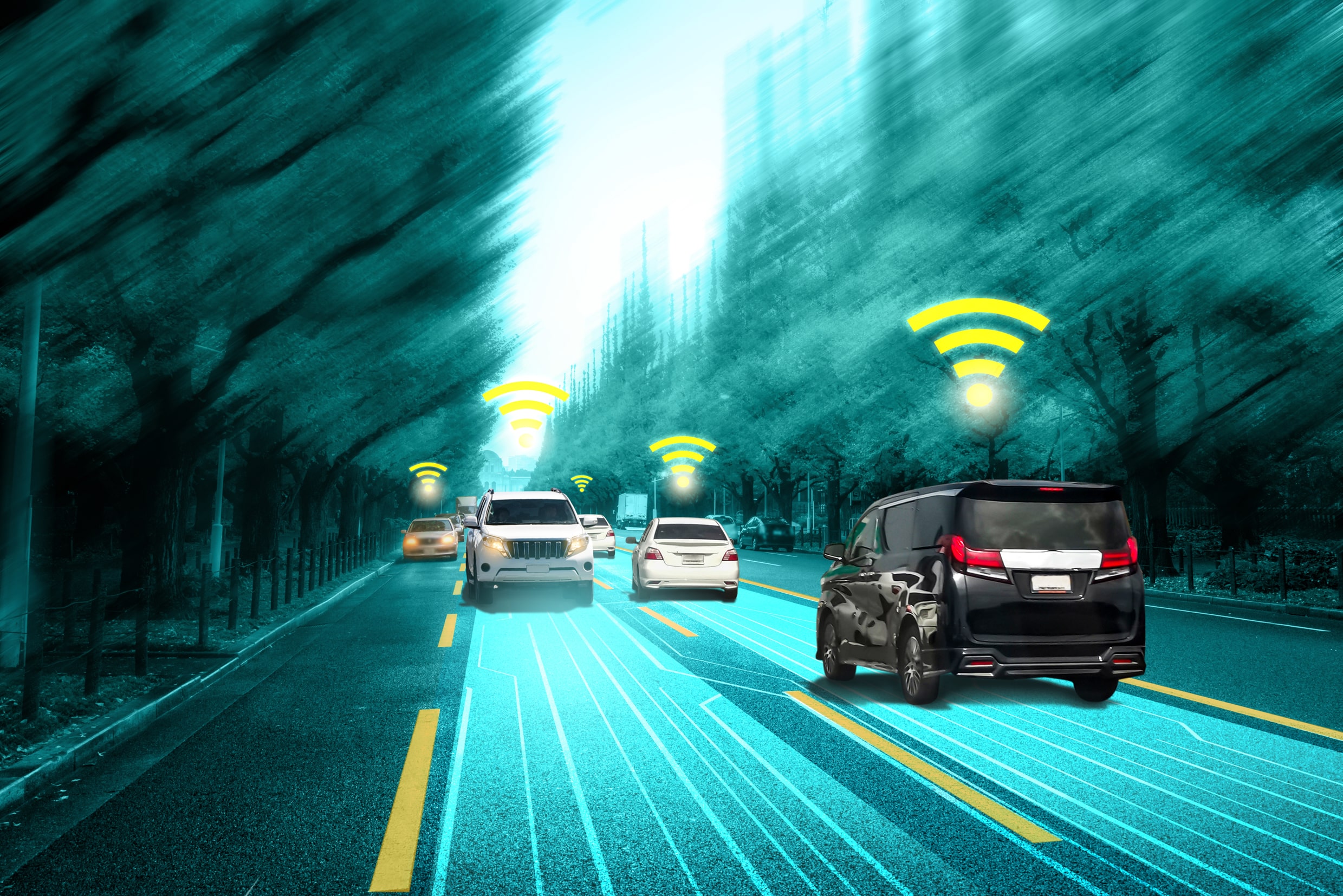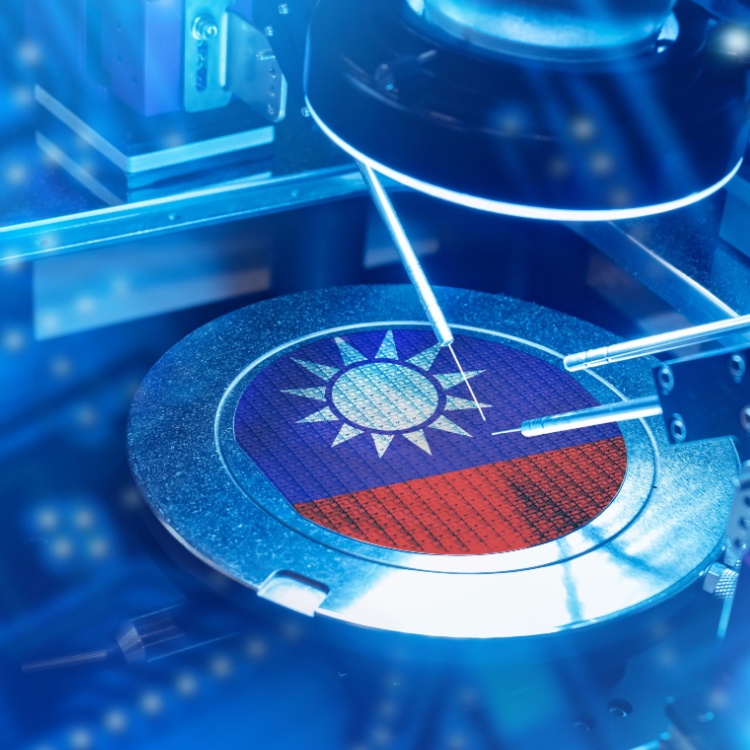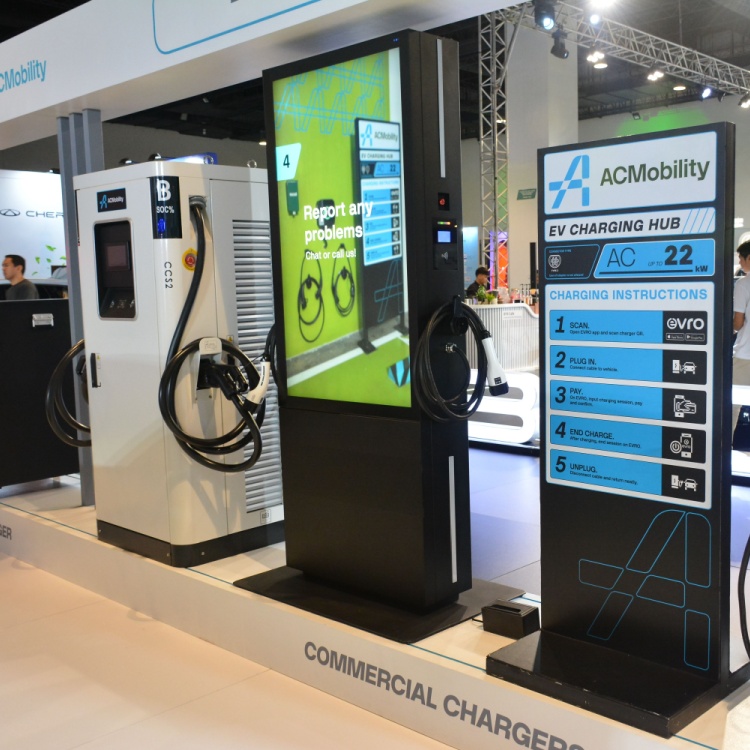Better Than Lidar: The Latest in Automotive Camera Technology

When we’re on the road, what we see--and how quickly we see it--can spell the difference between a safe journey and a tragic accident. Read on to learn how two automotive camera technologies could make our roads safer.
Advanced driver assistance systems (ADAS) that use camera-based sensors help drivers and vehicles have a greater awareness of their surroundings, making roads safer for drivers, passengers, and pedestrians. In this article, we look at two of the latest technologies for automotive cameras.
Clarity by Light
Produced by Light, a company that once specialized in camera lenses for smartphones, Clarity is a camera-based depth perception platform for autonomous and partially autonomous vehicles.
“The processing power for recalibrating every frame 30 times per second was missing from autonomy stacks since 2004. We founded Light to address the problem of calibration with computational imaging,” co-founder and CEO Dave Grannan told The Robot Report. “Light uses multiple cameras to perceive the world and objects for human-like vision.”
According to the company, Clarity can detect objects up to 1000 meters away from the vehicle, “three times the distance of the best-in-class lidar with 20 times the detail.”
The hardware setup is simple: the system is composed of at least two automotive-grade cameras and Light’s silicon chip with proprietary software. The platform can calculate the distance to every pixel it sees, eliminating the need for a separate LiDAR sensor. It provides near and long-range depth information from 10cm to 1000m and generates up to 95 million data points every second to build a 3D view of the surrounding environment. Combining RGB data with depth values, the Clarity platform provides real-time, photorealistic accuracy.
By being able to see further and with greater detail while on the road, Clarity can optimize various driver-assist and autonomous systems. With its long range, it gives a vehicle’s automatic braking features more time to slow when there’s an obstacle on the road. For every hundred meters of added perception, a vehicle gains four more seconds to change lanes, slow down, or alert the driver to take over. The system can identify open parking spaces over a hundred meters away, allowing the driver to save time and fuel.
“Automakers have invested billions of dollars and decades of research to make safe, reliable ADAS and self-driving cars a reality. But so far, even the best perception systems on the market miss objects and obstructions in the road — some as big as a semi-truck,” says Dave Grannan, CEO. “Any system that powers a vehicle needs to be equipped with comprehensive, measured depth alongside the type of visual information that cameras provide, in order to make smart decisions that make driving safer.”
ISOCELL Auto 4AC by Samsung
The latest HDR imaging chip by the South Korean tech giant is specially designed for automotive camera systems, particularly for surround-view monitors or rear-view cameras. Slightly smaller than sensors used on smartphones, the ISOCELL Auto 4AC offers 1,280 x 960 resolution.
It utilizes CornerPixel™technology, which features a specialized pixel structure. Within a single pixel area, there are two photodiodes: a 3.0µm pixel for low light situations, and a 1.0µm pixel placed at the corner of the big pixel for brighter environments. To minimize LED flickering for headlamps or road signage, the exposure time of the smaller photodiode can be extended.
“With two photodiodes capturing images in different exposures simultaneously, the sensor offers up to 120dB HDR with minimal motion blur, allowing smoother transitions between dark and bright areas while preserving more details of the road ahead,” the company said in a press release.
The ISOCELL Auto 4AC is Samsung’s first foray into the automotive image sensor market. “Starting with the ISOCELL Auto 4AC, we plan to expand our automotive sensor lineup to areas such as camera monitor systems (CMS), autonomous driving, and in-cabin monitoring,” said Duckhyun Chang, executive vice president of sensor business at Samsung Electronics.
A vision for better road safety
When we’re on the road, what we see--and how quickly we see it--can spell the difference between a safe journey and a tragic accident. As the sixth largest EMS provider in the global automotive market, IMI is a solutions partner for the camera design, prototype development, and mass production for major tier 1 players in the automotive industry. Learn more about our camera vision technology here.
As one of the Top 21 EMS companies in the world, IMI has over 40 years of experience in providing electronics manufacturing and technology solutions.
We are ready to support your business on a global scale.
Our proven technical expertise, worldwide reach, and vast experience in high-growth and emerging markets make us the ideal global manufacturing solutions partner.
Let's work together to build our future today.
Other Blog




